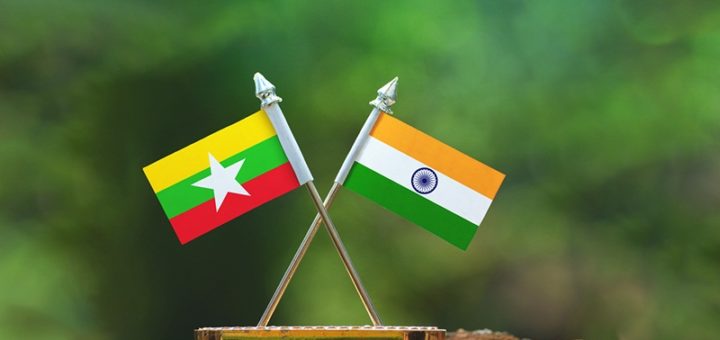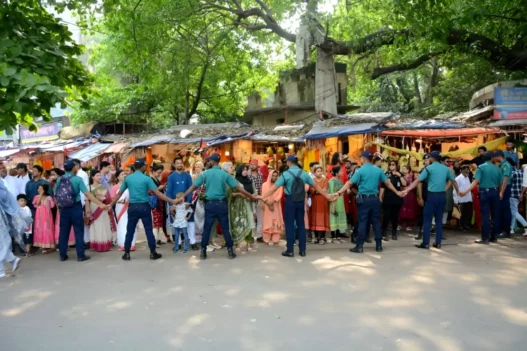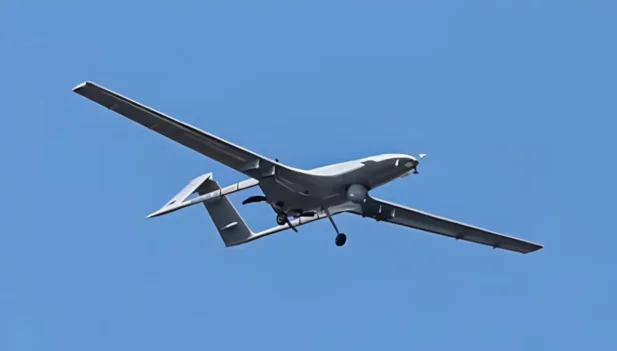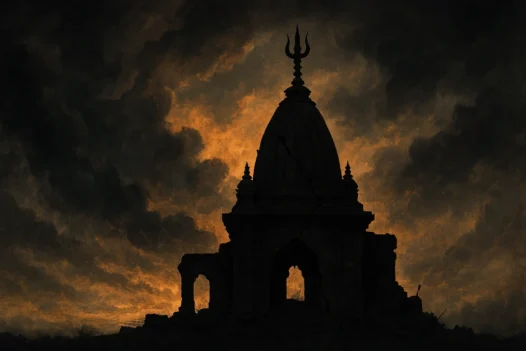India’s eastern neighbour Myanmar (also known as Burma or Brahmadesh) has been engulfed in a tumultuous civil war since a military coup in February 2021 ousted the democratically elected government led by Aung San Suu Kyi. This upheaval has plunged the Southeast Asian nation of approximately 55 million people into relentless armed conflicts between the ruling military junta, led by Senior General Min Aung Hlaing, and various resistance groups, including ethnic armed organizations and pro-democracy forces.
As of March 2025, the conflict has intensified, with resistance forces gaining significant ground. According to the Armed Conflict Location & Event Data Project (ACLED), at least 73,069 individuals have lost their lives, with nearly 20,000 fatalities occurring in 2024 alone. The humanitarian crisis is dire, with over 3.5 million people displaced due to continuous violence, facing acute shortages of food, medical supplies, and other essentials.
The western province of Myanmar has now turned into a full scale battle ground, where the rebel groups are approaching the capital city of Rakhine/Arakan State after occupying most of the Arakanese townships. The fighters belonging to the Arakan Army (AA) are seemingly preparing for the final assault on Sittwe along with another port city of Kyaukpyu.
By now, the AA has captured 15 out of 17 major townships in Arakan State and taken control of Paletwa in neighbouring Chin State, along with most border areas near Bangladesh. The junta forces holding the remaining Arakanese territories are struggling, waiting for reinforcements of troops, weapons, and supplies. On 20 December 2024, the AA announced the capture of the military’s Western Command headquarters in Ann. Earlier, another key base—the Northeastern Command in Lashio, northern Shan State—fell to the Myanmar National Democratic Alliance Army (MNDAA) in August 2024.
Both the AA and MNDAA conducted anti-junta operations under the banner of ‘Three Brotherhood Alliance’ along with Ta’ang National Liberation Army (TNLA). Termed as ‘Operation 1027’ the massive offensive was launched in late 2023. Following the intervention of China, the TNLA and MNDAA recently announced the ceasefire but the AA continued their offensives in various western Myanmar localities. Lately the AA fighters stepped up offensives in three Rakhine bordering townships under the Ayeyarwady region. Reports of clashes with the junta soldiers also reported from Padaung and Okeshitpin localities in the Bago region. Other ethnic groups and resistance forces also maintained their armed movements against the junta.
Till date, the resistance groups have gained control of nearly 148 townships, leaving only 105 under the junta’s authority, where 78 townships are facing relentless offensives from various anti-junta forces. After losing over 200 military battalion headquarters and important military bases along with over 750 frontline outposts to the revolutionary fighters, the junta soldiers are now conducting indiscriminate airstrikes, artillery shelling and drone attacks on various populated areas. Many villages and urban localities were set on fire across the country, where over 3.5 million people were displaced due to continuous armed conflicts and violence and compelled them to live in temporary shelters facing acute food, medical and other logistic crises. In many relief camps, essential commodities have been prevented or restricted from transporting and distributing among the affected families by the military authorities. Currently, over 20 million people including minors and elders are in growing need of humanitarian assistance. According to the United Nations World Food Program, no less than 15 million people may face hunger in Myanmar by the year’s end.
The trouble torn Rakhine State supports many billion dollar projects, sponsored by both China and India. Beijing with a cordial relation with the junta continues nurturing the oil & gas pipelines project from Rakhine to their Kunming province and also pushing aggressively for the Belt and Road Initiative in the region. In reality, China is intensifying its investments under the economic corridor, hydropower, connectivity and Kyaukphyu deep seaport project. Needless to mention that, Beijing has moved strategically to engage both the junta and rebel groups with an aim to ensure their business interest.
Lately, New Delhi has also taken initiatives to engage with the opposition groups maintaining the relation with the junta for countering Chinese influence in Myanmar and also propagating the India-supported missions including the Kaladan Multi-Modal Transit Transport Corridor project that resumed connecting the land-locked north-eastern region. But the project involving Kaladan river continues facing hurdles, which was initially planned to launch by 2014. But the riverine project with an initial budget of Indian Rs 536 crore in 2008 (work started in 2010) has now crossed Rs 3,200 crore because of perennial delays and lately missed another deadline (2023).
Agreed officially between India and Myanmar in 2008, the Kaladan project was initiated by New Delhi’s then Look East Policy and later revamped as Act East Policy, where Sittwe port in the Bay of Bengal is planned to connect north-eastern States. The shipment is supposed to arrive in Sittwe from Kolkata, Chennai and other international ports and then it will travel through Kaladan river up to Paletwa in Chin State of Myanmar. Then the goods will be shifted to land routes and reach Zorinpui in Mizoram border to connect other important localities in eastern India with National Highway 54. Even though modernization of Sittwe port and Paletwa jetty were already completed, the Paletwa- Zorinpui highway remains under construction.
After suffering in a number of battles the junta, which now controls hardly one fifth of the national territory, comes forward with a plan to hold national elections by this year or early 2026. The junta-controlled Union Election Commission (UEC) even started preliminary preparations for the polls including a countrywide census.
By now the junta led by Min Aung Hlaing (functions as de-facto President of Myanmar) has extended the state of emergency for another six months (till July 31 2025). As the current regime does not hold its control over the entire country and a number of national and regional political parties are facing the UEC’s ban as well as hundreds of opposition leaders including pro-democracy icon Aung San Suu Kyi remain behind the bars and the media continues to be under heavy restrictions, the country cannot expect a free, fair and comprehensive electoral process at this moment.







